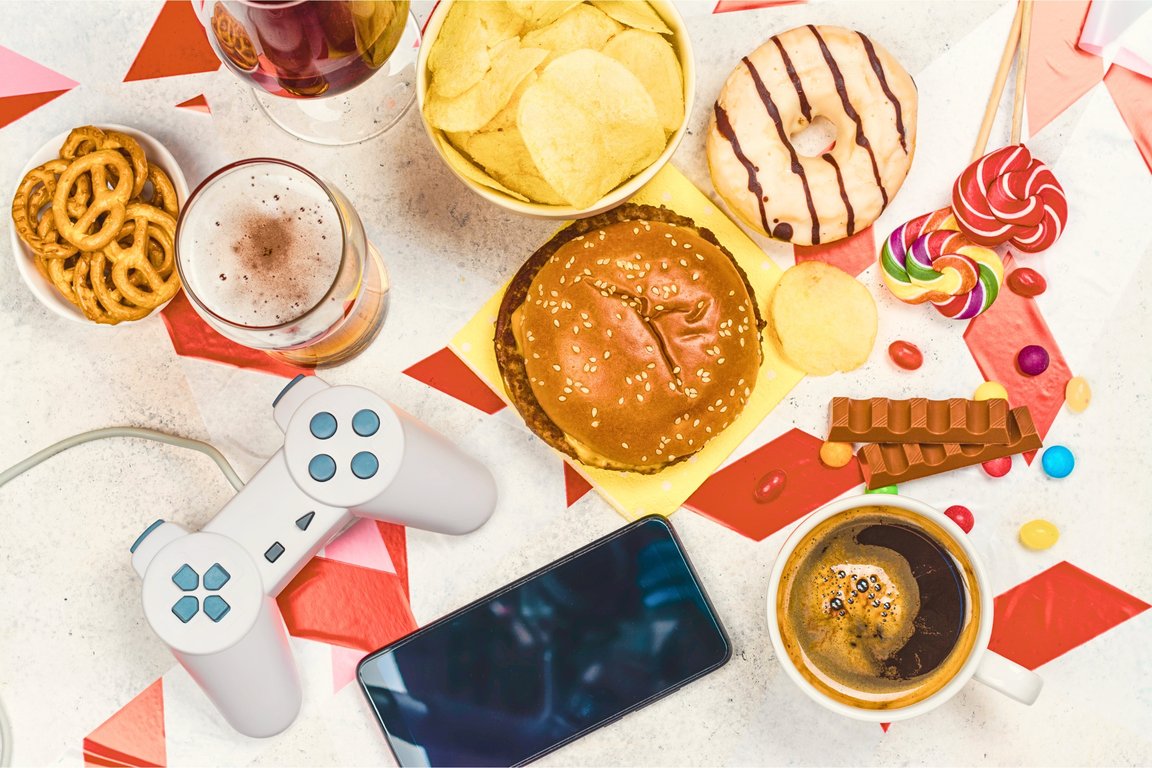Let’s be real: Motivation is unreliable. Some days you’re ready to crush your goals. Other days, Netflix wins.
But what if it’s not your fault? What if your brain’s chemistry is quietly pulling the strings?
Welcome to the world of dopamine - the chemical behind drive, desire, and distraction. In this post, we’ll break down how motivation actually works in your brain, how it gets hijacked, and how to build daily rituals that tip the balance back in your favor.
Dopamine Hacks
Dopamine: The Motivation Molecule
Dopamine isn’t just about pleasure. It’s a signaling chemical that helps your brain track what’s worth your effort.
Think of it like a prediction machine. When something might give you a reward - food, praise, a completed to-do - dopamine spikes. It’s the anticipation that gets you moving, not the reward itself. Your brain says, “Hey, this might be good. Go get it.”
That’s powerful. But it’s also why dopamine can backfire.
Why Motivation Feels So Hard
Here’s the catch: Dopamine is value-driven. Your brain chases what seems most rewarding right now.
Consider this: You know eating less candy and more fruit is good for you. But that candy bar? Instant sugar hit, immediate dopamine spike. The fruit? The long-term benefits are undeniable, but the immediate reward isn't quite the same, right? Scrolling social media? Immediate hits of novelty, likes, or outrage. Dopamine loves that. Going for a run? Writing your thesis? Results come later. Your brain doesn’t get the instant payoff, so it downshifts motivation.
Add in stress, lack of sleep, and mental fatigue, and the scales tip even further away from long-term goals.
But don't despair! The good news is, we can learn to work with our brain's natural tendencies.
Let's explore some actionable everyday dopamine hacks.
Rituals > Willpower
Forget waiting for motivation to magically appear.
Instead, create rituals that lower resistance and cue your brain to act. Here’s why this works: When you repeat a behavior in a specific context (same time, place, or cue), your brain starts to predict what’s next. That prediction triggers a small dopamine bump.
Example: You light a specific candle and open your laptop to write. After a few times, your brain starts associating that combo with focus and productivity. Suddenly, it takes less effort to get started. You’re not relying on motivation - you’re using ritual to prime dopamine.
Try This:
- Anchor your habit to something you already do (e.g., after coffee, I stretch for 5 mins).
- Use the same trigger each time. Keep it simple and consistent.
- Don’t wait for “mood.” Start small and trust the process.
Make the Reward Immediate

Delayed rewards are the enemy of motivation. The brain needs to feel some payoff now - not just “future me will thank me.”
You can cheat the system.
Let’s say your goal is to read 10 pages daily. Build in a reward you enjoy right after - a good playlist, a square of dark chocolate, a short walk. Your brain starts linking the effort with something it enjoys. That association boosts dopamine and builds the habit loop.
Even better: Track your progress visually. Progress bars, streak counters, or habit apps (like Goal Watch 👀) give your brain a mini reward. That hit of “I did it” really matters.
Try This:
- Pair your habit with a tiny pleasure you genuinely enjoy.
- Use trackers or visuals to show progress - it makes the habit more “real.”
- Celebrate micro-wins. Motivation grows when effort feels worth it.
Shrink the Task
Big goals create brain fog.
If something feels overwhelming, your brain labels it as a threat. Dopamine drops. You freeze.
The fix? Shrink the task until it feels frictionless.
Want to run a 5k? Just put on your shoes and step outside. Want to write a book? Just write one sentence. This isn’t cheating. It’s brain judo. By making the start point ridiculously easy, you remove resistance. And once you’re in motion, dopamine builds naturally.
Try This:
- Set a 2-minute version of your goal.
- Aim for the smallest possible win.
- If it feels silly, you’re doing it right.
Design Your Environment
Dopamine is super sensitive to cues in your environment. That means your surroundings silently shape your motivation.
Bad setup? You’re fighting upstream. Good setup? Motivation flows without drama. Your phone on your desk? Cue for distraction. Workout gear by your door? Cue for action. Change your cues, change your behavior.
Try This:
- Hide friction: Remove temptations from sight. Use app blockers.
- Add nudges: Keep your journal open, place your water bottle on your desk.
- Make it obvious: Design your space so your next best action is always visible.
Use Dopamine Rationing

Modern life bombards us with high-dopamine hits - notifications, fast content, junk food. These spike your baseline and make regular tasks feel… meh. It’s like eating candy all day and then trying to enjoy broccoli.
The antidote is dopamine fasting - not in a hardcore, monastic way, but by gently reducing over-stimulation.
Less scrolling, less multitasking. More boredom. More silence.
It resets your baseline, so normal tasks start to feel rewarding again.
Try This:
- Set “low-stim” windows (no phone, no tabs, just one task).
- Walk without earbuds. Let your brain wander.
- Cut or reduce high-dop habits that leave you feeling drained.
Do It With Others
Here’s something the dopamine books don’t always mention: Community multiplies motivation.
Your brain is wired for connection. Social accountability boosts dopamine when others cheer you on - or when you show up for them. Whether it’s a text check-in, a buddy system, or a shared goal, doing things together makes the work feel lighter. Try This:
- Join a small, supportive group (like Goal Watch’s micro-communities).
- Share your goals publicly, even with one person.
- Don’t go it alone. Brains are built for teamwork.
Redefine Progress
One final mindset shift: Dopamine is sensitive to perceived success.
So if you keep moving the goalposts, your brain never gets that rewarding “I did it” moment. Instead of waiting until the whole project is done, look for progress in smaller wins.
One day of consistency. One rep better than last time. One step forward. That’s what builds sustainable motivation: not perfection, but visible progress.
Try This:
- Journal tiny wins. Review them weekly.
- Replace “all or nothing” with “always something.”
- Let momentum, not motivation, be the goal.
Final Thoughts: Motivation Is a System, Not a Feeling
You're playing a losing game if you’re waiting for motivation to strike.
But when you understand how your brain works - and build rituals that align with your chemistry - you take control.
Motivation isn’t magic. It’s manageable. Start small. Stay curious. And stack the deck in your favor.
👥 Want support? Join a small group on Goal Watch, where people cheer each other on, share daily wins, and show up - even on the hard days. Because motivation is better when it’s shared.
👉 Join a Goal Watch group today. Small. Supportive. Real.





